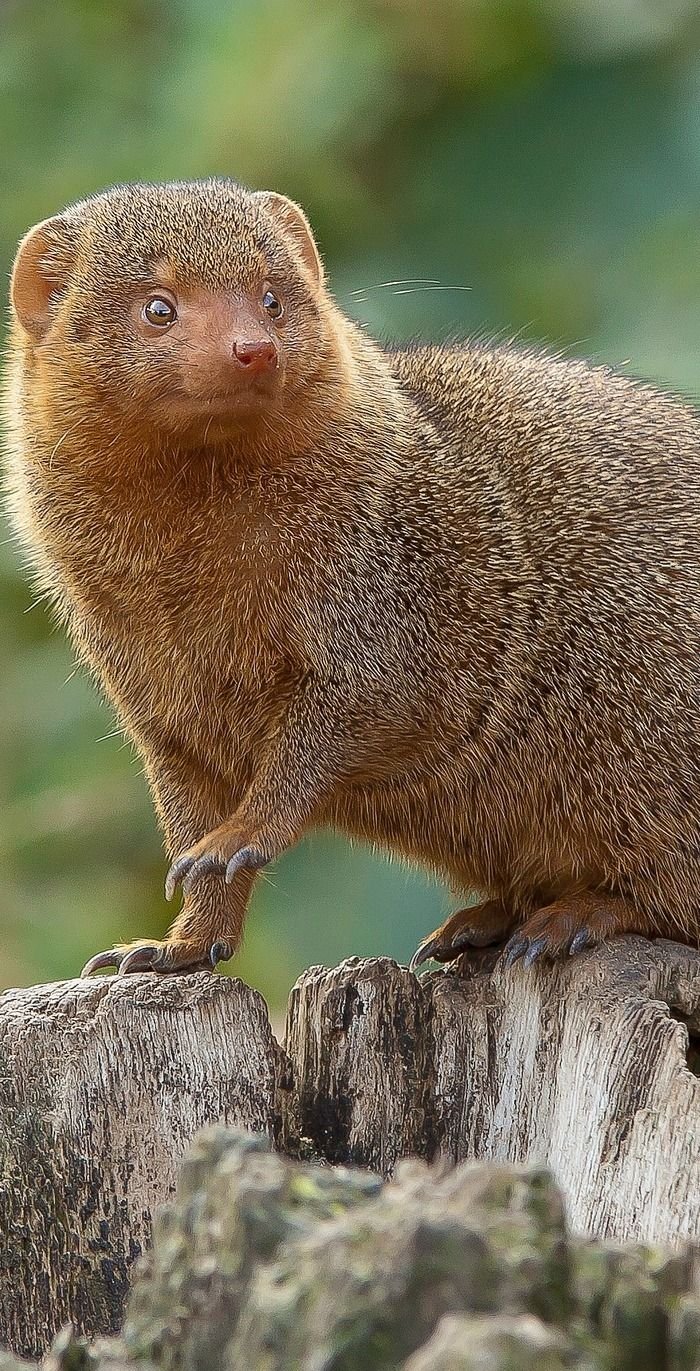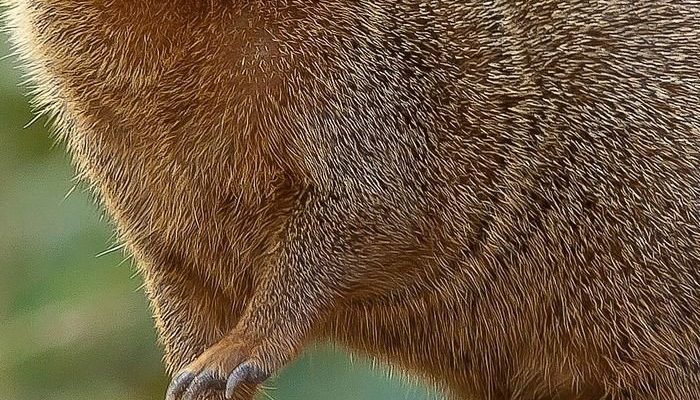
So, how smart is a mongoose really? To grasp their intelligence, we need to dive into their behaviors, social structures, and hunting strategies. Think of it as peeling back the layers of an onion—each layer reveals something intriguing about how these little warriors navigate their world. In this article, we’ll explore their cognitive abilities and behaviors in depth, shedding light on what makes mongooses such remarkable animals.
Understanding Mongoose Intelligence
Mongooses belong to the family Herpestidae, which includes around 34 species. They are primarily found in Africa and parts of Asia. Comparing their intelligence to that of a dog or a primate might feel like a leap, but these little creatures have their own brand of cleverness. So, how do we measure their smarts?
One key indicator of animal intelligence is problem-solving ability. Mongooses showcase impressive skills in this area, particularly when it comes to hunting. Their keen sense of sight and sharp reflexes help them catch prey, while their ability to work as a team enhances their chances of success. Imagine a group of mongooses cooperating to drive a snake into an open area where one of them can strike quickly. This level of coordination illustrates their strategic thinking and adaptability.
Cognitive Abilities of Mongooses
When we talk about intelligence, we often refer to cognitive abilities like memory and learning. Mongooses have a remarkable capacity for both. They can remember locations and patterns, which is crucial for finding food and avoiding danger. For example, if a mongoose encounters a high-risk area while hunting, it will likely learn to avoid that spot in the future.
These animals also display a level of curiosity that drives them to explore their environment. This inquisitive nature helps them adapt to new situations and find innovative ways to solve problems. Have you ever watched a dog try to figure out a puzzle toy? Mongooses show similar behavior when faced with challenges, often experimenting until they find a solution.
Social Structures and Behaviors
Mongooses are social creatures, often living in groups called mobs or gangs. These social structures are vital for their survival, as they provide safety in numbers. Within these groups, mongooses exhibit complex social interactions, which can be seen as a form of intelligence in itself.
They engage in grooming behaviors, which help strengthen social bonds and promote group cohesion. This grooming isn’t just about cleanliness; it’s a way for mongooses to communicate and maintain relationships within the group. Imagine a group of friends sharing secrets while helping each other stay tidy—it’s not just practical, but it emphasizes their need for social connection.
Communication Among Mongooses
Communication plays a crucial role in how mongooses thrive in their habitats. They use various vocalizations, body language, and even scent markings to convey information. Whether it’s alerting others to potential danger or coordinating a hunt, these signals showcase their cognitive abilities in social contexts.
For example, when a mongoose spots a predator, it will emit a specific call that signals danger to its group. The rest of the mob quickly reacts, either by hiding or preparing to fight. This teamwork not only illustrates their intelligence but also highlights the importance of communication in their survival.
Hunting Strategies and Problem Solving
Mongooses are known for their skillful hunting abilities, especially when it comes to tackling venomous snakes. Their hunting strategy often involves a combination of teamwork and individual skill. Picture a group of mongooses approaching a snake: some may distract it while others get into position for the strike.
This cooperative effort requires coordination and quick decision-making, showcasing their intelligence. Mongooses are also adept at using their environment to their advantage. They might use rocks or logs to corner prey, demonstrating their ability to think critically about their surroundings.
Learning from Experience
Learning through experience is another vital aspect of mongoose intelligence. They can adapt their hunting techniques based on past successes and failures. If a certain method works well, they’re likely to repeat it, but if it doesn’t, they’ll try something new. This trial-and-error approach is a hallmark of intelligent behavior.
For instance, if a mongoose learns that certain prey is more accessible during specific times of day, it will adjust its hunting schedule accordingly. This ability to learn from the environment and adapt behaviorally is a great indicator of cognitive flexibility.
In conclusion, mongooses are much more than just cute little animals; their cognitive abilities and social behaviors reveal a world of intelligence that’s both fascinating and complex. From their problem-solving skills to their social structures, they demonstrate a level of cleverness that often goes unnoticed.
So, the next time you see a mongoose, remember that there’s a lot happening in that tiny head. They navigate their environment with remarkable skill, creating a fascinating blend of individual and group intelligence. Mongooses remind us that intelligence comes in many forms, and sometimes, the smallest creatures can teach us the biggest lessons.
Whether you find yourself enchanted by their social dynamics or impressed by their hunting strategies, there’s no denying that mongooses are clever little beings worth learning about.

